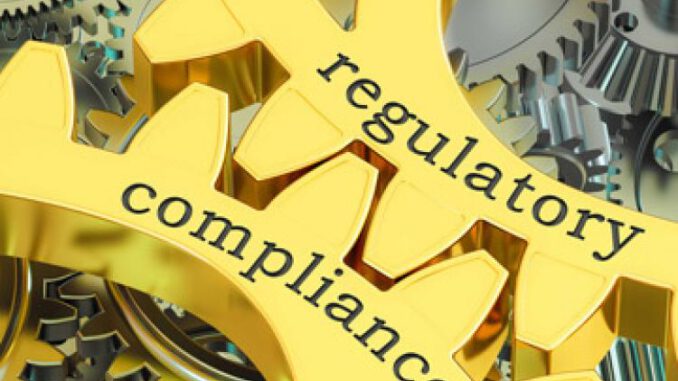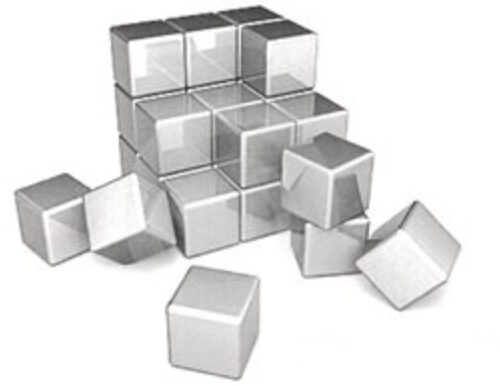
In this short note an explanation is provided how to read regulatory syntaxes. In your native language that may not be to difficult but when English is not your native language that may pose a challenge.
It may be helpful when reading responses from FDA, EMA, and/or other regulatory bodies requirements to operate after an inspection. It can also serve you when drafting corporate policy documentation and in purpose and scope statements for Site Specific Standard Operating Procedures (SOP) to assure the reader the applicability of the procedure.
As an example, let’s focus on the following two sentences:
Maintenance is the process and system to plan, organize and provide for care and custody of assets used in the manufacturing, processing, inspecting, packing, or holding of raw material, intermediate, bulk substance and/or drug product during their life-cycle. Maintenance includes routine (preventive) activities, reactive (corrective) activities, reliability (predictive) activities as well as periodic inspection to ensure that assets remain in a reliable and compliant, operable state.
What is striking is the fact that both sentences have content rich words which are full of meaning. You can see it as a linguistic list of checkboxes. The sentences are written in active voice; you are expected to do something! Areas of applicability are mentioned and responsibilities identified. Maintenance needs to cover the area of manufacture. Not just the (obvious) area of manufacture, i.e. that of raw material, but also that of intermediate, bulk substance, and/or of drug product, effectively covering every possible manufacturing activity. The same applies for processing; processing raw materials, intermediate, bulk substance, and/or drug product. Processing is an umbrella word in that there are many different unit-operations covered by processing. Processing can be a weighing activity, but equally a transportation activity. Inspecting, here as well, covering all stages from beginning to end and all products, not only manual and discrete inspections but also continuous and automatic inspections. Packing covers all stages of packing; primary (direct product contact), secondary (i.e. packing primary packed units), and tertiary (i.e. packing defined sets of secondary packed materials and/or products). Holding of raw materials covers incoming goods storage, segregating receipt, quarantine, and released; holding intermediate, bulk substances and/or bulk drug products covers storage in manufacturing suites or warehouses in manufacturing but also logistics warehouses.
Maintenance is the noun; the activity to be performed. However, it is also the process, which means it is a systematic series of actions directed to keep in existence or continuance, and it is a system, which means it is a coordinated body of activities directed to some end; in this case providing care and custody of assets during their life cycle.
The system is to plan, organize and provide such care and custody of assets. The process and system covers all assets used in the manufacturing, the handling and/or processing, the inspecting, the packing, and/or the holding of raw materials, intermediate, bulk substance and/or drug product.
The second sentence is helpful in that it clarifies that the noun Maintenance covers 4 aspects: Periodic Inspection, Preventive (Routine) Maintenance, Predictive (Reliability) Maintenance, and Corrective (Reactive) Maintenance activities with the purpose to keep the asset in a reliable, compliant, and operable state. Calibration would logically be covered under the header of Periodic Inspection or Preventive (Routine) Maintenance.
With these two sentences the blueprint and framework for a complete, comprehensive, and compliant Maintenance and Calibration Function in Highly Regulated Environment is set. What that looks like is different for most every company, and so is how it is implemented.
Taking two such sentences as the basis of a blueprint and framework for a complete, comprehensive, and compliant Maintenance and Calibration Function does require very knowledgeable, skilled, and trained Technicians, Engineers, and Managers to draft, align, and approve procedures, working instructions, lists, and tasks.
Loads of books have been written on how to design, set-up, implement and execute Periodic Inspections and the same applies for Routine, Reliability, and Corrective Maintenance. It is beyond the scope of this note to go into details on those.
With two sentences it is possible to provide enough and not too much guidance from corporate for all satellite sites within a multinational company, driving uniformity across sites but also at site level to cover purpose and scope for the details of such procedures.

Leave a Reply